If you’ve done research into how to grow new strawberry plants, you’re sure to have seen the advice to remove the blossoms from your first-year plants. But is this advice the same for day-neutral and everbearing strawberry varieties?

Should you remove the blossoms from everbearing and/or day-neutral strawberries for their first growing year?
Jump to:
- Why Experts Recommend Blossom Removal for New Strawberry Plants
- Everbearing and Day-Neutral Strawberry Plants Are Different
- VIDEO: How to Manage Blossom Removal on New Everbearing & Day-Neutral Strawberry Plants
- When and How to Remove the Blossoms from First-Year Everbearing Strawberries
- Some final facts to know about pinching and picking everbearing strawberry plants:
Why Experts Recommend Blossom Removal for New Strawberry Plants
Growing and gardening experts, universities, and top-name growers almost always recommend that you remove the first blossoms from new strawberry plants.
This is because fruit formation can divert energy from different areas of the plant, like root and foliage growth. This is, of course, what plants are designed to do. Under optimal growing conditions, a lot of strawberries can handle not having the blossoms pinched off, and they can do both — grow the new plant and produce fruit.
Some leading garden advisors say that the advice to remove blossoms may be overstated, because the plant is likely to limit its fruit production in deference to prioritizing plant growth; basically, that they will only fruit according to what the size of the plant can support. But if the plants are young and not yet well established, trying to do both at the same time might put newly planted strawberry plants in a precarious position.
Conventional wisdom: remove first-year strawberry blossoms

The conventional wisdom says that you should remove the flowers from new strawberry plants in the first year. You won’t get a crop, but this will allow those plants to grow bigger, deeper, stronger roots and bigger plants. And that means that next year, the plant will be able to support even more fruit.
In the long run, it is intended to make the plants live longer and produce bigger berries, in bigger quantities, in the years to come.
That conventional wisdom is mostly directed at June-bearing strawberry plants. Those plants only have one fruiting period per year, lasting just a few weeks at the beginning of summer.
For everbearing strawberry plants, it’s a bit of a different situation. They don’t just fruit once and then be done for the whole year. So, how you manage them shouldn’t be exactly how you manage June-bearing strawberry plants.
Note: Both everbearing and day-neutral strawberry plants, which are related and much the same in terms of production, should be managed this way. The two terms, though slightly different, are used interchangeably for the sake of this article, since the management of both types is the same regarding pinching blossoms.
Everbearing and Day-Neutral Strawberry Plants Are Different

Everbearing and day-neutral plants start fruiting about the same time as June-bearing strawberries every year. Then, (sometimes after a small break), they will grow new blossoms and continue to produce berries throughout the summer and fall.
There are a few conditions that might slow or stop everbearing and day-neutral strawberries, such as very high heat. Everbearing can be expected to have more natural starts and stops, whereas day-neutral strawberries will be pretty steady producers as long as the weather cooperates.
Both can bear fruit in summer and into fall, until frosts put an end to blossoming and pollination.
The goal: remove the first flush of blossoms to put energy into the plant itself
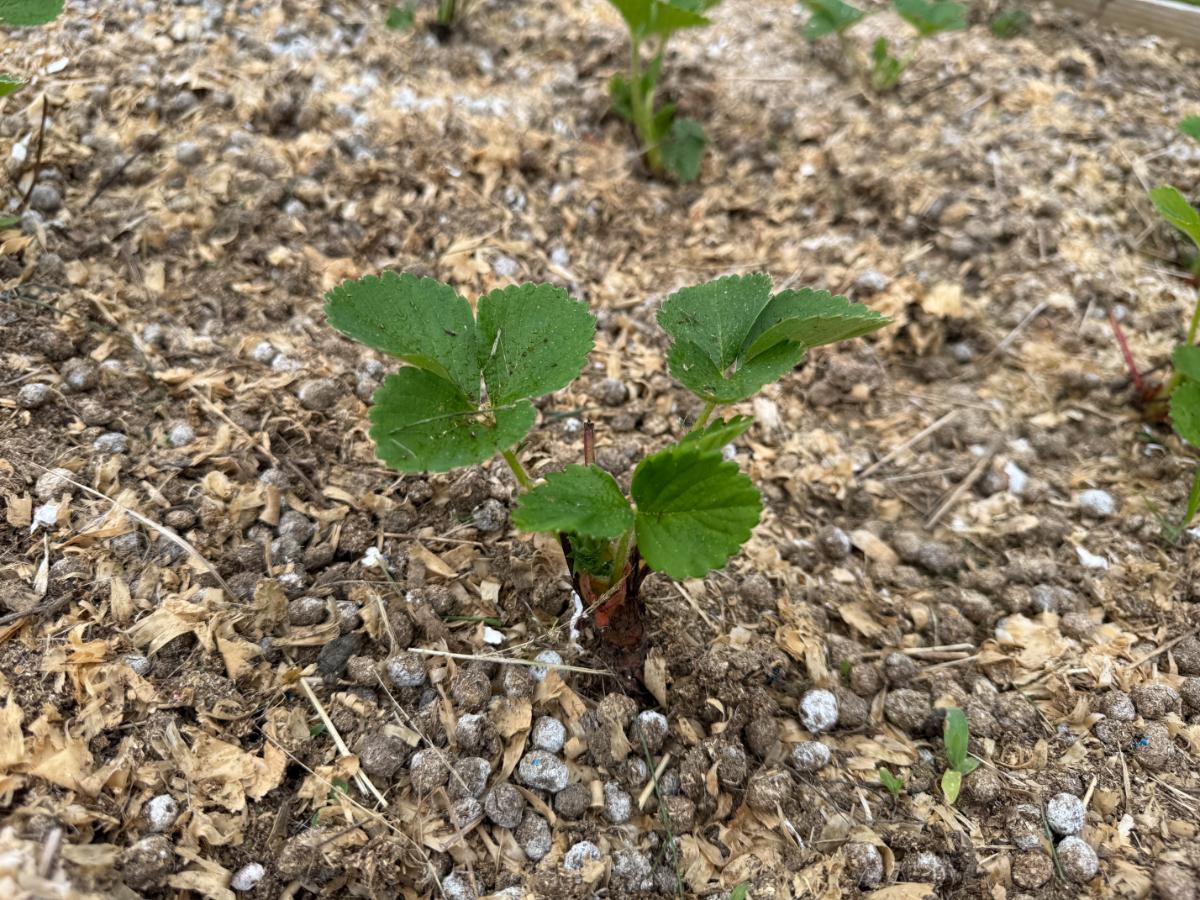
For both June-bearing and everbearing types, the goal is to remove just the first flush of blossoms while the plants are growing. For June-bearing strawberries, that is all the blossoms grown in the first year.
For everbearing strawberries, the first flush is only the first round of blossoms that pop out in the late spring and early summer — about the time the June bearing strawberries are blossoming.
After that time, the plants will be well established and growing well, and they can handle fruit production from then on.
You do not need to remove blossoms from everbearing and day-neutral strawberries for all of their first year. You should only remove the first set of blossoms. And only in that first year.
VIDEO: How to Manage Blossom Removal on New Everbearing & Day-Neutral Strawberry Plants
When and How to Remove the Blossoms from First-Year Everbearing Strawberries
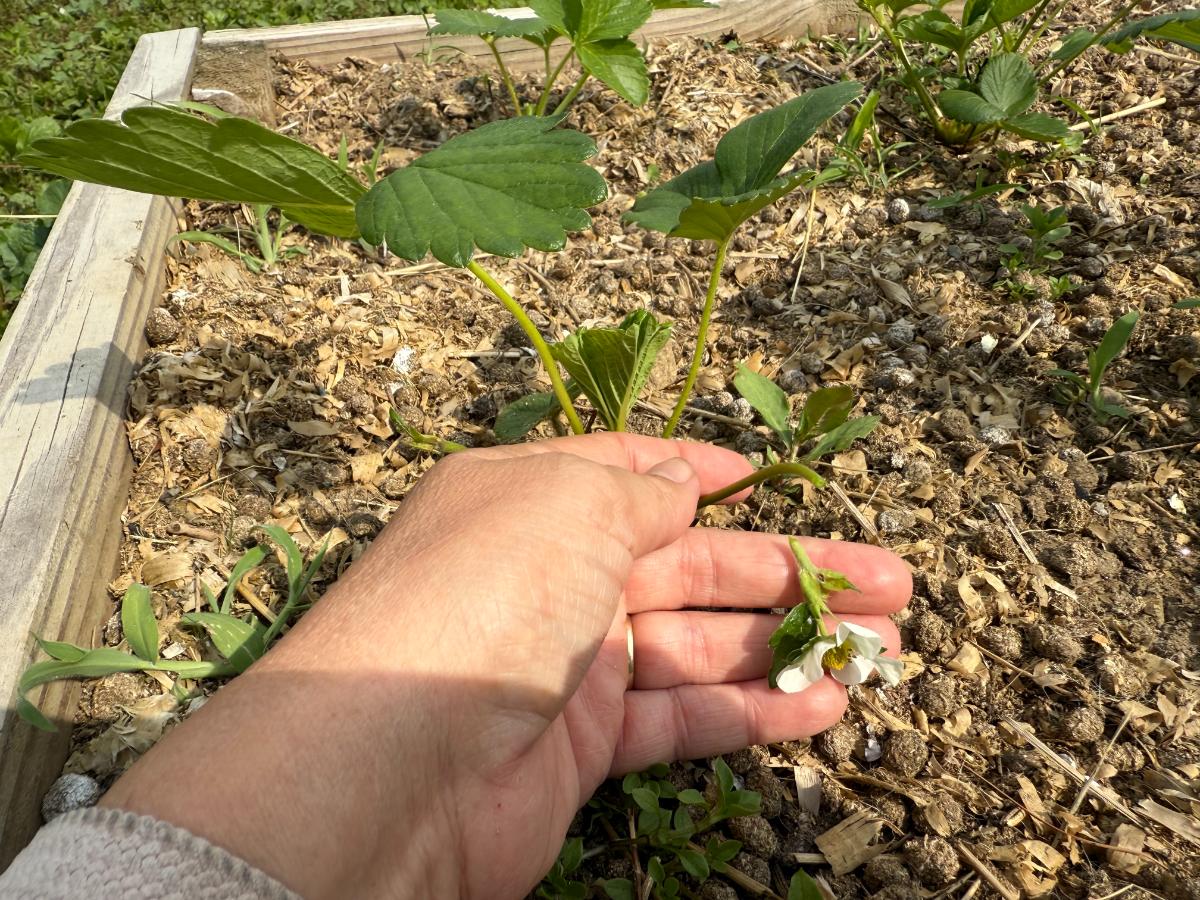
- Remove the flower blossoms from the first flush
- The first flush will last for a few weeks, so plan to remove flower blossoms for the first three or four weeks of blooming
- Then stop pinching the blossoms and let the plants fruit for the rest of the season
- Yes! You can and should harvest strawberries from everbearing plants in the first year!
Removing strawberry blossoms is easy. Simply clip or pinch off the buds or pinch off the blossom stalks to remove a whole set of flowers. Just take care not to pull the plant out of the ground. (The buds typically pinch off easily with your fingers.)
Some final facts to know about pinching and picking everbearing strawberry plants:
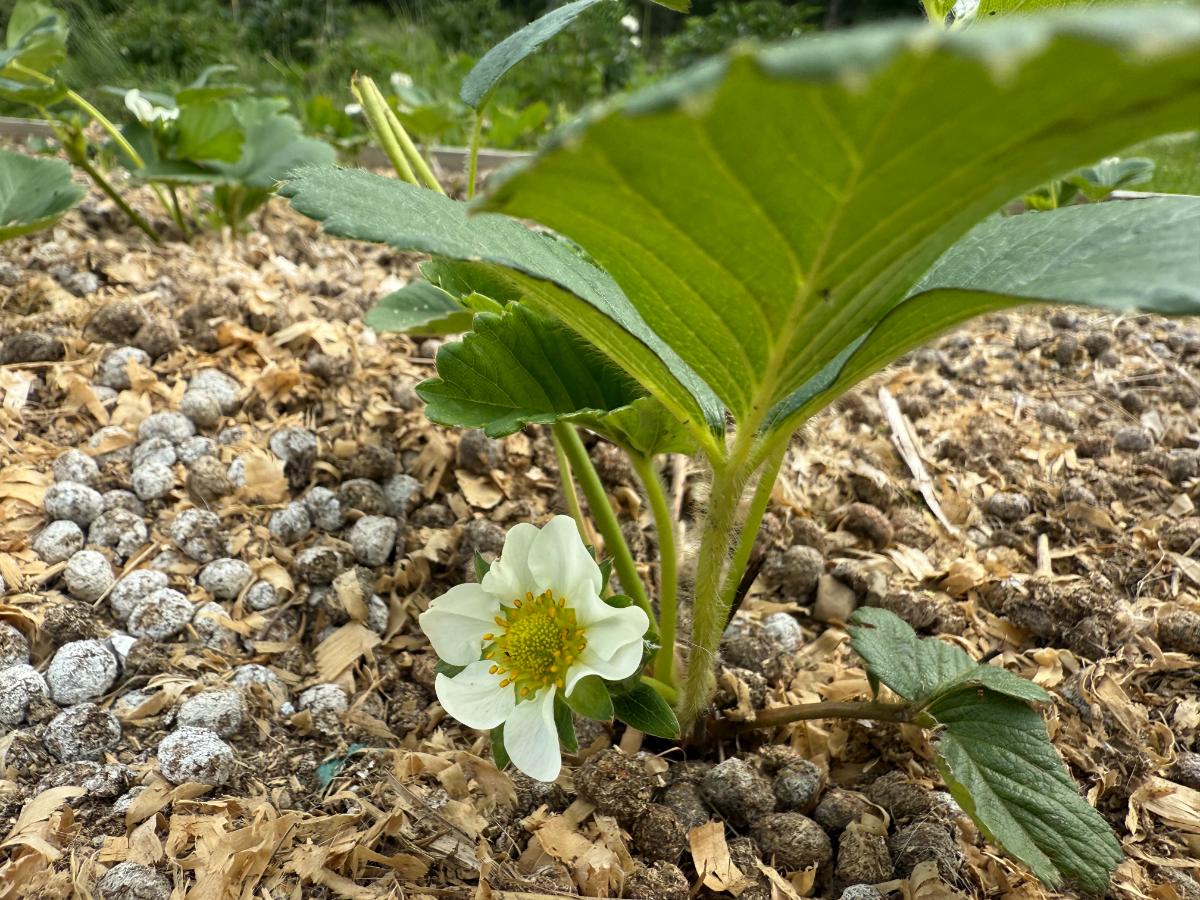
- You will be able to get a harvest in the first growing year
- Harvest from about early midsummer through fall, to when the plants naturally stop blossoming and fruiting
- Everbearing strawberries are hardy and, as long as the blossoms don’t frost or freeze, they may produce late into the growing year
- Next year, don’t remove any blossoms from your day-neutral strawberry plants
- In the next several years, you can harvest from the first to the last berry!
- You should plan to provide some fertilizer for your everbearing and day-neutral strawberries. Aim for periods of low production in between blossoming to provide a boost.

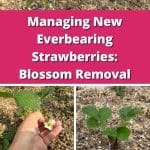
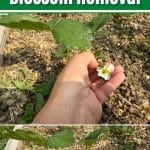
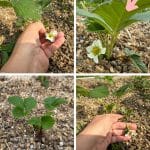
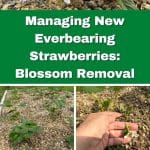
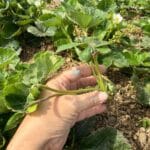
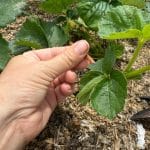

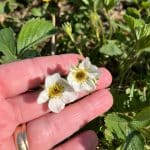
Judy says
Should I separate and replant the new daughter plants in the fall or wait until spring. Everbearing plants.
Mary Ward says
If they’re well rooted, I prefer fall. Gives you a jump start and reduces the pressure in the bed!